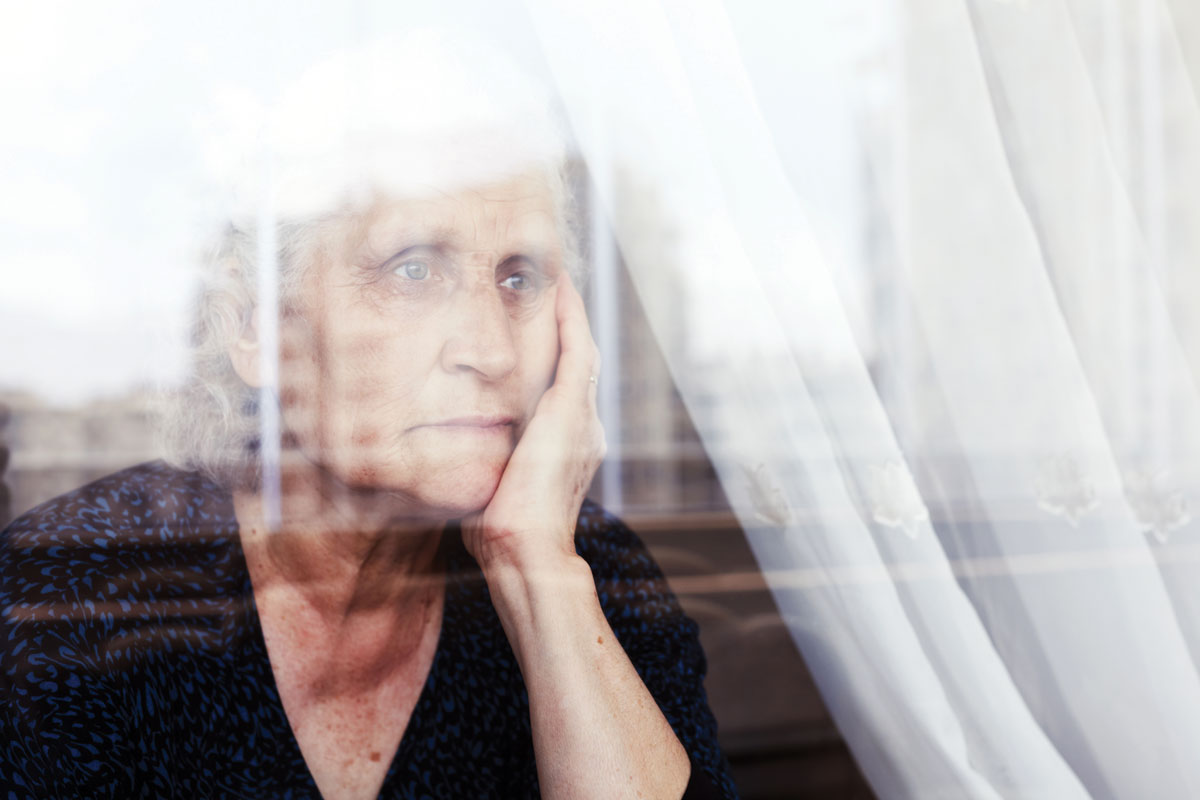 “It is fear what I fear most”, wrote Michel de Montaigne in a famous essay. Fear in the guise of anxiety or panic is recognised as the second major problem produced by the COVID-19 pandemic, after the infection itself.
“It is fear what I fear most”, wrote Michel de Montaigne in a famous essay. Fear in the guise of anxiety or panic is recognised as the second major problem produced by the COVID-19 pandemic, after the infection itself.
While fear has a dramatic impact not only among infected individuals but among the population at large, including healthcare workers, it is still unclear how best to deal with this problem.

Suggestions to reduce anxiety include the consumption of media, keeping to healthy diet, exercise and sleep regimes, to practise mindfulness, and to reach out for support. Unfortunately, this is putting the cart before the horse. For instance, who can advise on how much and which ‘media’ is safe to consume? Anxiety means to have fear about future events. To avoid future dangers and to appease this emotion most humans want to obtain as much information as possible.
One of the non-ethical strategies of some media is to instil fear by producing material with dramatic overtones becoming a magnet of attention. This creates a vicious circle of fearmongering resulting in increased fear which stimulates more consumption of media, resulting in maintenance of a dramatic profile of news presentation.
Secondly, healthy habits are easy to advise but difficult to implement in the context of high anxiety, especially during quarantine.
A healthy diet and a refreshing sleep are the first victims of this toxic combination. There is poor motivation (and sometimes no physical space) to exercise; and a mindful silent meditation may even increase the monsters of fear when the quarantine results in increasing boredom, a decreasing financial state, loneliness and domestic violence.
Finally, reaching out for company is complex while in quarantine, and lonely people may become lonelier, many times ending in despair and sadness.
What about fears among health workers?
A recent article in JAMA suggests reducing fear by increasing safety measures, such as those recommended by the Centre for Disease Control. These include wearing PPE (gown, gloves, N95 respirator, a face shield, and, if possible, a powered air-purifying respirator). Add to this careful hand hygiene, and cleaning of workspaces, stethoscopes, mobile phones, keyboards, dictation devices, landlines, name tags, light switches, chair arms, doorknobs and handles.
Nobody will argue against these recommendations, but extra measures may add to the exhaustion and frustration of healthcare workers. Conversely, knowing the relevance of PPE but lacking it may increase anxiety among healthcare workers in developing countries.
The psychological morbidity produced by fear cannot be exaggerated yet rational ways of dealing with it in the context of heterogeneous personalities, major differences in the access to material and human resources, and disparate professional abilities remains a matter for deep debate.
Key messages
- Fear pervades any pandemic affecting those infected, the ‘at risk’ population, and healthcare providers
- Simple measures, whilst helpful, are not always easy to implement
- Paradoxically even PPE may increase anxiety
References available on request.
Questions? Contact the editor.
Author competing interests: None to disclose.
Disclaimer: Please note, this website is not a substitute for independent professional advice. Nothing contained in this website is intended to be used as medical advice and it is not intended to be used to diagnose, treat, cure or prevent any disease, nor should it be used for therapeutic purposes or as a substitute for your own health professional’s advice. Opinions expressed at this website do not necessarily reflect those of Medical Forum magazine. Medical Forum makes no warranties about any of the content of this website, nor any representations or undertakings about any content of any other website referred to, or accessible, through this website.

